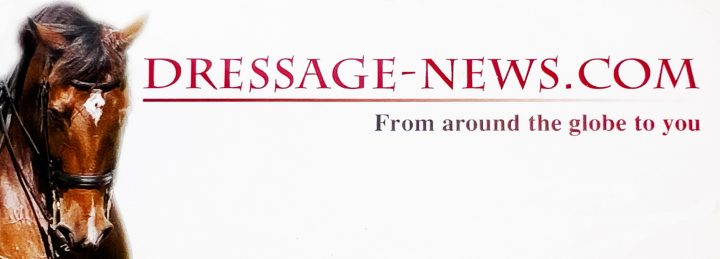Dressage Leads Olympic Equestrian Disciplines in Gender Equality
10 years ago StraightArrow Comments Off on Dressage Leads Olympic Equestrian Disciplines in Gender Equality

April 28, 2015
By KENNETH J. BRADDICK
With the International Olympic Committee crediting equestrian sports for moving to gender equality as a key to the future success of sports, dressage is by far the leader of the three Olympic disciplines.
Kit McConnell, the IOC Sports Director, reported to the International Equestrian Federation (FEI) Sports Forum in Lausanne, Switzerland on primary elements of Olympic Agenda 2020 that has been developed to position its events to capture support from youth, women and other groups in the future.
On gender equality, he said, the IOC is working with international federations to achieve 50 per cent female participation in the Olympic Games and to stimulate women’s participation and involvement in sports by creating more opportunities at the Olympic Games.
This involves, he said, encouraging the inclusion of mixed-gender team events and aiming for an equal gender balance across the Games as a whole.
Horse sports have long been a leader in gender equality with the three Olympic disciplines of dressage, eventing and jumping “mixed” with men and women for both team and individual medals.
“The FEI has been fully compliant with this for many years, but your International Federation is in a fairly unique position”, he said.

He reported that the numbers for equestrian at the 2012 Olympics in London were 122 men and 77 women. Across all sports at the 2012 London Games, there was 44.4 per cent female participation.
The IOC goal for Rio de Janeiro in 2016 was 46.1 per cent.
A review by dressage-news.com of the equestrian start lists for all three disciplines at the 2012 London Games–and all the way back to 1968 in Mexico City–showed that dressage included the most female athletes by far and way above equal numbers.
Of the total of 50 dressage riders in London, 36 were females and 14 males, or 72 per cent female to 28 per cent male.
The numbers for dressage contrasted sharply with eventing where there were 27 females and 47 males of the total of 74–36.5 per cent to 63.5 per cent.
For jumping, it was more lopsided where the numbers were 10 females and 62 males of the 72 riders–13.9 per cent to 86.1 per cent.
Dressage has been way ahead of gender parity at Olympics for all but a blip in the past half century.
At the Beijing Games in 2008, Athens in 2004, Sydney 2000, Atlanta 1996, Barcelona 1992, Seoul 1988, Los Angeles 1984, Montreal 1976 and Munich 1972 females outnumbered male riders.
The only exception in that time was the 1980 Games in Moscow that was boycotted by most of the Western bloc at the height of the Cold War. Then, there were only 14 competitors from six nations–teams from the Soviet Union, Bulgaria, Poland and Romania with one individual each from Austria and Finland. Men outnumbered women eight to six, with two of the women from the non-Soviet bloc nations.
The last Olympics with global representation where males outnumbered females was Mexico City in 1968 where there were 26 men and 11 women.

